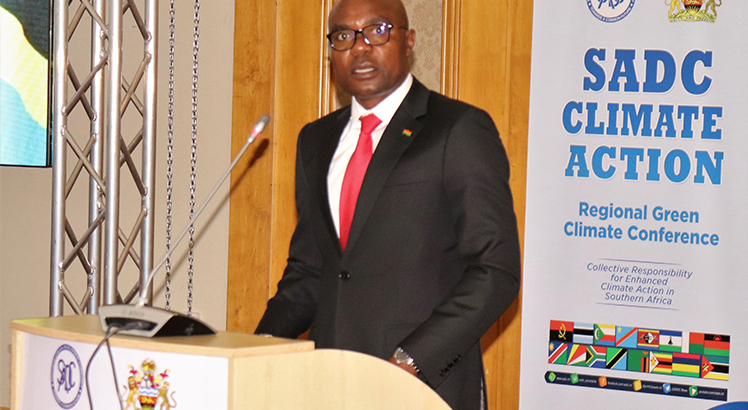Girls’ education still staggering
Despite flicker signs of progress in girls’ education, most girls are still failing to have an overall edge over boys in primary education.
Data from the 2015 Education Information Management Systems (Emis) show that though girls appear to be doing better in other indicators, the overall picture is still predominantly an enclave of boys in primary education.
In terms of access, girls appear to be having a slight edge over boys.
In 2014/2015 academic calendar, the report shows that out of the 4 804 196 learners Malawi had in primary schools, 2 398 605 were girls while the figure for boys stood at 2 405 589.

In fact, in the same year, adds the report, there were more girls that enrolled as first entrants in Standard One than boys.
However, on efficiency indicators, though more girls than boys are transiting to secondary and also less boys than girl repeating, girls are still dropping out more, thus making more boys than girls complete the full primary education cycle.
For instance, on school survival rate in 2015, the results indicate that 64 percent of pupils that start Standard One reach Standard Five. However, slightly more boys than girls survived at 65 percent and 64 percent, respectively.
Further, from Standard Five, girls’ survival rate to Standard Eight is the lowest at only 29 percent relative to boys at 35 percent.
In a nutshell, boys still have a relatively higher completing primary education than girls.
Despite that, Chancellor College lecturer in education Esmie Kadzamira thinks Malawi has made great strides in improving girls’ education since the days of Girls Attainment of Basic Learning and Education (Gable) project.
“Currently, girls are only lagging behind boys in the last two grades. At the lower level repetition and dropout rates for girls and boys are similar, the gap widens in the last two grades with girls lagging behind,” she said.
Even education commentator Steve Sharra agrees: “We are seeing improvements in girl’s education. Even in teacher education. In 2015, we had 10 194 student teachers, 5 890 of whom were female, compared to 4 304 males. This is a remarkable improvement.”
However, despite that, scholars and analysts still think there is still a long way ahead.
Kadzamira wants cultural issues addressed and also school safety enhanced to ensure that girls—who by the time they get to senior primary level have most likely reached puberty—do not succumb to the pressure of getting married. This view again is shared by Manfred Ndovi, spokesperson for the Ministry of Education, Science and Technology.
Ndovi said there are many structural issues, revolving around culture that continue to frustrate girls’ education. These cultural challenges, he added, are compounded, sometimes, by the distance they travel to the nearest school.
“This is why as a government we are building a lot of schools to reduce the challenge of distances,” he said.
Beyond addressing cultural issues, education activist Limbani Nsapato, on the other hand, argues for the need to provide girls with role models at school and in society so that they feel motivated to progress with their education.
Nsapato also dwelt on the need to ensure that enacted policies on girl’s education are being implemented.
“There is, therefore, need for stakeholders under the leadership of government to review these polices, establish factors contributing to their inadequate implementation and come up with concrete solutions,” he said. n





